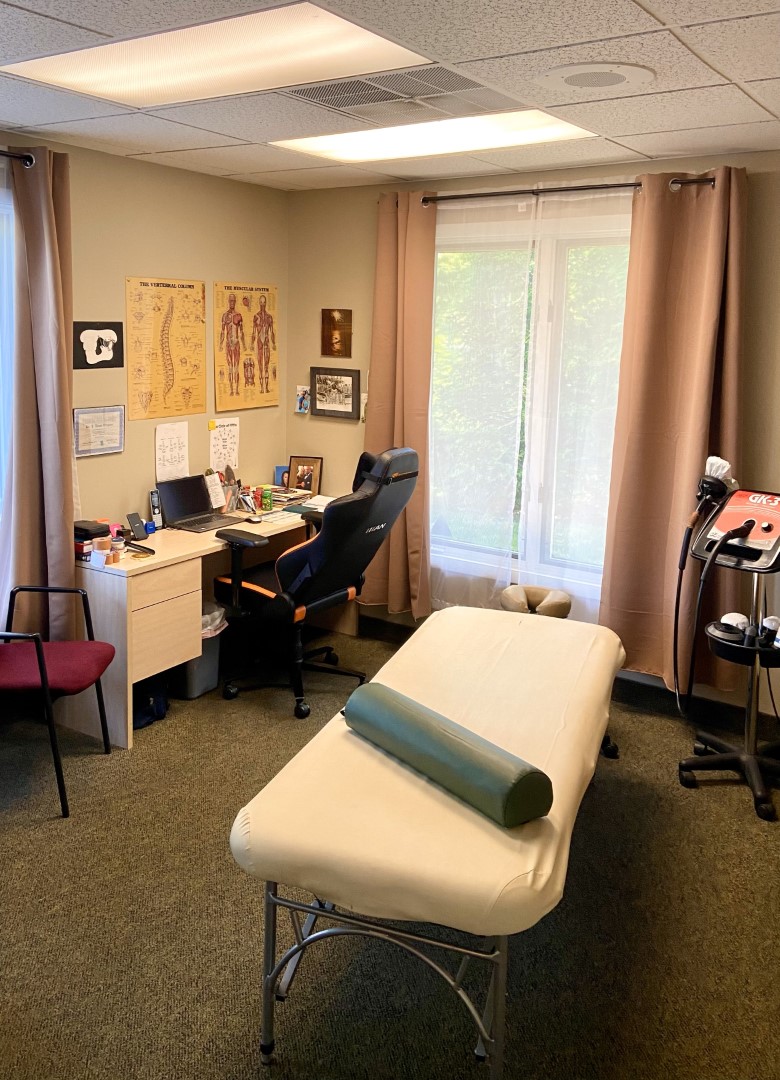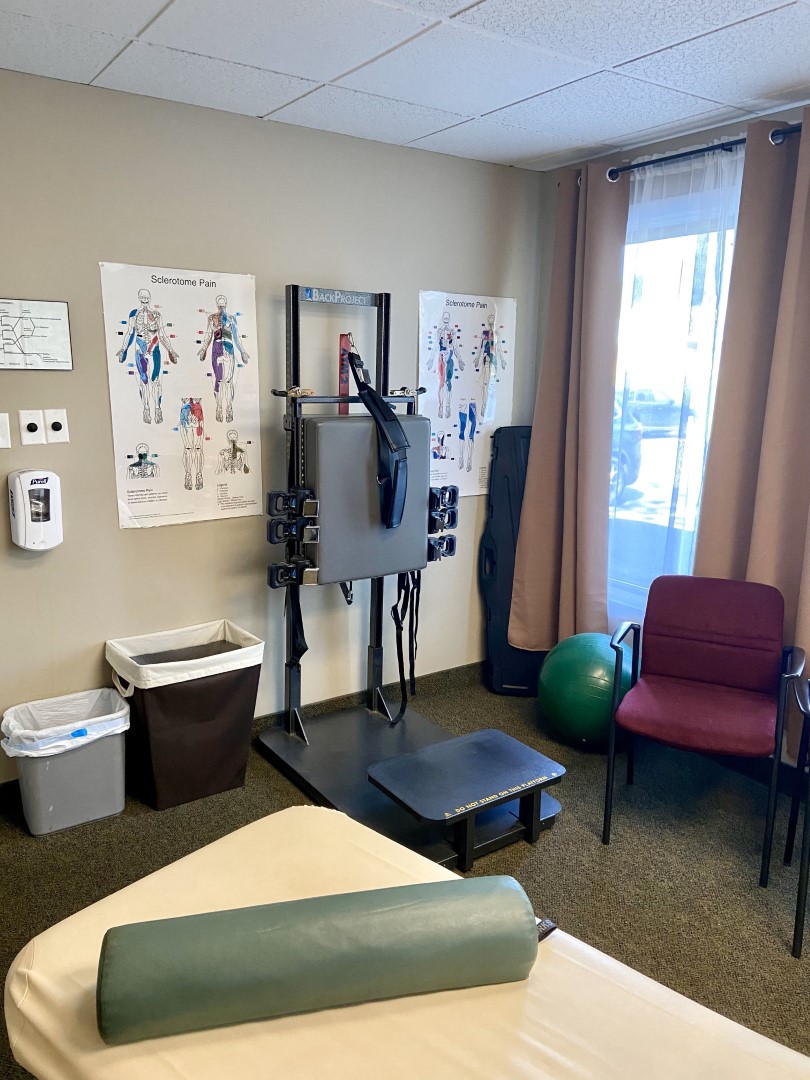Chiropractic Pain Management
What is Chiropractic?
Chiropractic literally means Chiros (hands) and practic (practice) in Greek, or “practice of the hands”. Chiropractors have a multitude of healing tools in their repertoire, but when one thinks of “Chiropractic” they usually think of manipulation of the spine or any other joint in the body. Spinal manipulation, or manipulation of any joint in the body, is a common tool used by many Doctors of Chiropractic worldwide for decades. This is usually, but not always, a “hands on” procedure used in such a way as to move your joints through their proper range of motions thus helping to restore function by neurologically complicated mechanisms. Generally, people associate manipulation with being “cracked.” The joint under manipulation sends a multitude of information to the spinal cord via neurons to the higher centers of the brain where it is sorted, analyzed, and a response is sent back in milliseconds to change the joint function in question. This process may cause an audible “pop or click” sound much like when you “crack” your knuckles. What you are hearing is nitrogen gas being pulled out of the lubricating liquid (synovial fluid) in the joints. It is closely analogous to the crack you hear from a fresh bottle of carbonated beverage when it is first opened. In the case of carbonated beverages, it is the carbon dioxide under pressure that is being liberated from the liquid. However, in the joints of our bodies it is via vacuum pressure. Some patients may feel a sense of movement, but some adjustments are so subtle that effects may be experienced as a loosening or release rather than a straightening of the joints and many other things. It is a common misconception that your vertebrae are” out of place, or misaligned”. The neurologic responses to manipulation are very complex with many different reflexes mediated by incoming and outgoing nervous system reactions and computations!

Are there Contraindications?
Some health conditions or physical conditions are contraindications for spinal adjustment. Here are a few, but by no means all! Advanced osteoporosis, prior compression fractures (acute, sub-acute and some chronic) of the spine, Carotid artery disease, any aortic aneurysm or aneurysm repair, vertebrobasilar artery disease/insufficiency, metastatic bone cancer, some herniated discs, myelopathy and spinal stenosis and recent cataract surgery (until cleared by your ophthalmologist) just to name a few. It is because of these potential contraindications that Dr. J. Adam Wagner spends adequate time with each of his patients to review health history and perform a mechanical examination along with cogent patient doctor communication that helps to rule out contraindications and determine the best and most appropriate and effective treatment plan for you.
Diagnosis is Critical
Dr. J. Adam Wagner had the benefit of a superior education at New York Chiropractic College, (now Northeast College of Health Sciences), where his professors were M.D.s, PhD.s, D.O.s and D.C.s. He also did extensive post educational internships in family medicine, pain management and neurologic practices after graduating. He was trained to be proficient in a broad range of diagnostic and therapeutic procedures within integrative and collaborative communities and is experienced in working with diverse patients with complex health conditions. Dr. Wagner is committed to lifelong learning and staying at the forefront of the changing healthcare landscape, contributing to interprofessional teams, prioritizing patient outcomes and healthcare needs.

Beyond Spinal Adjustments
While spinal adjustment is an appropriate therapy for many, it is by no means the only first line treatment available to our patients. At Wagner Integrative Therapies, we see all kinds of acute and chronic debilitating conditions. As a result, our center focuses on diverse and state-of-the-art treatment options. While each of our therapies can be effective as a stand-alone treatment option, most of our therapies can be combined for a custom care plan. For example, TMJ sufferers may benefit from some form of manipulation manually or from a tool such as an activator gun, acupuncture, extracorporeal shockwave (focused or radial) and Class IV Laser therapy. Chronic low back pain sufferers progress more quickly when certain treatments are combined with or without spinal manipulation such as Spinal Decompression, Manual therapy, extracorporeal shockwave and Class IV Laser therapy. Extremity pain such as knee, shoulder, elbow and Plantar fasciitis can be treated effectively with extracorporeal shockwave and Class IV Laser together. The combinations are different from one patient to another. We like to convey what we term as “the perfect world” and less perfect, but “acceptable world” treatments depending on the personal needs and budget of the patient.

